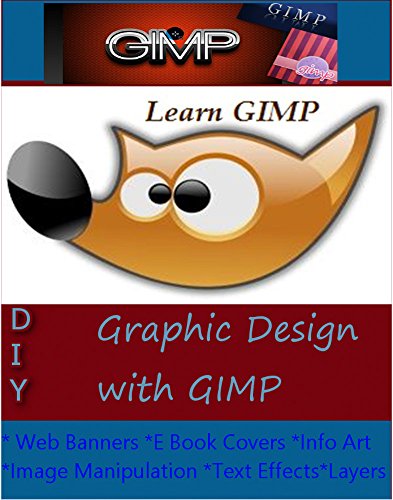No matter what your actual job title, you are—or soon will be—a data worker.
Every day, at work, home, and school, we are bombarded with vast amounts of free data collected and shared by everyone and everything from our co-workers to our calorie counters. In this highly anticipated follow-up to The Functional Art—Alberto Cairo’s foundational guide to understanding information graphics and visualization—the respected data visualization professor explains in clear terms how to work with data, discover the stories hidden within, and share those stories with the world in the form of charts, maps, and infographics. In The Truthful Art, Cairo transforms elementary principles of data and scientific reasoning into tools that you can use in daily life to interpret data sets and extract stories from them.
The Truthful Art explains:
• The role infographics and data visualization play in our world
• Basic principles of data and scientific reasoning that anyone can master
• How to become a better critical thinker
• Step-by-step processes that will help you evaluate any data visualization (including your own)
• How to create and use effective charts, graphs, and data maps to explain data to any audience
The Truthful Art is also packed with inspirational and educational real-world examples of data visualizations from such leading publications as The New York Times, The Wall Street Journal, Estado de São Paulo (Brazil), Berliner Morgenpost (Germany), and many more.







